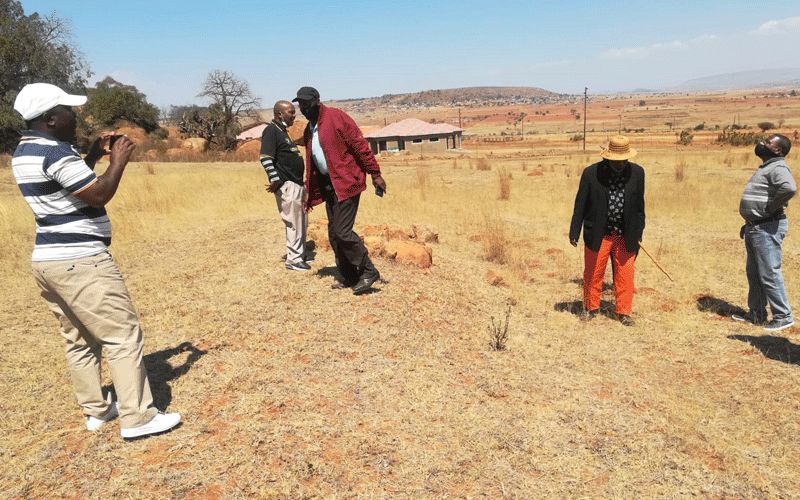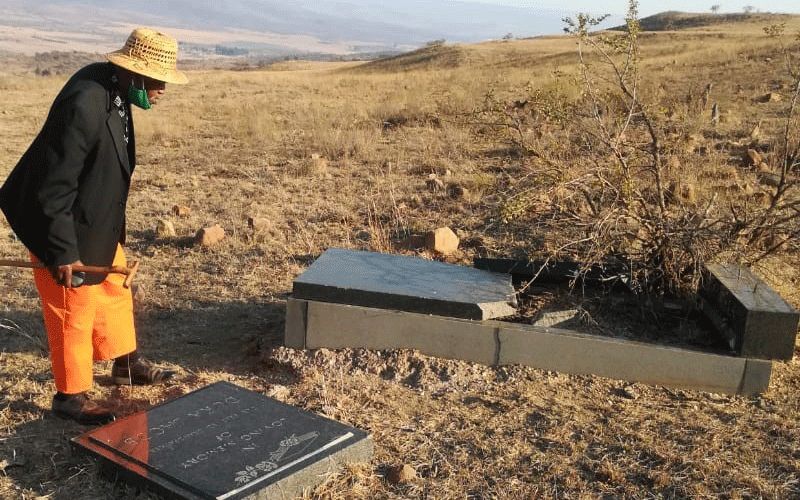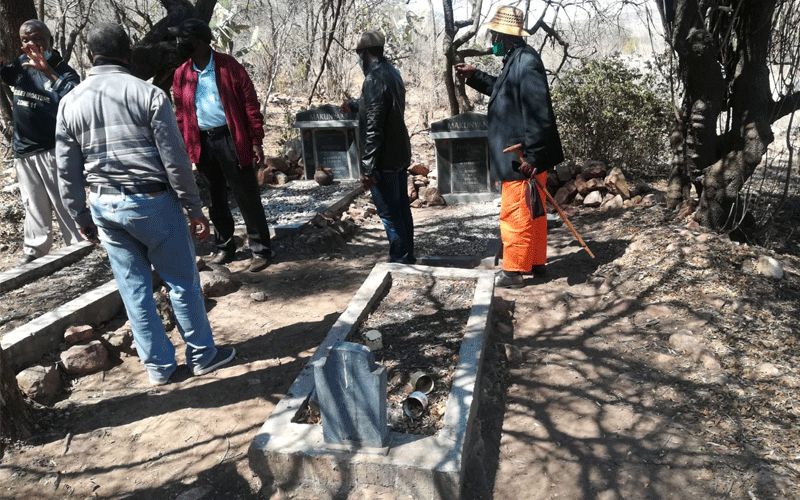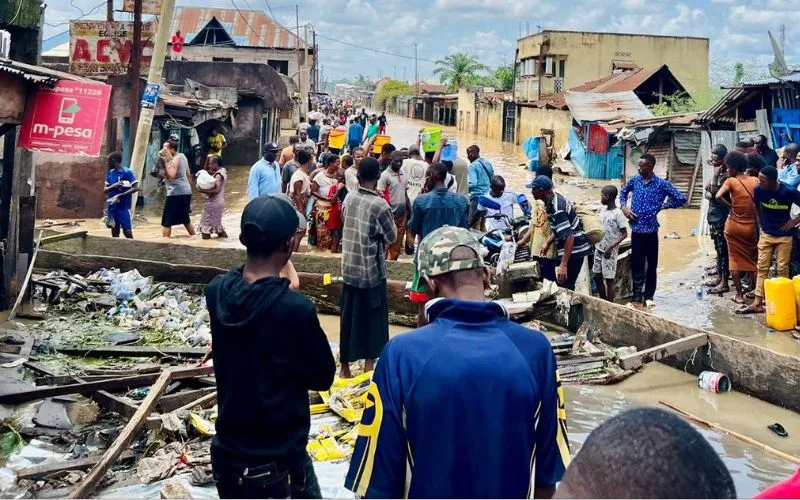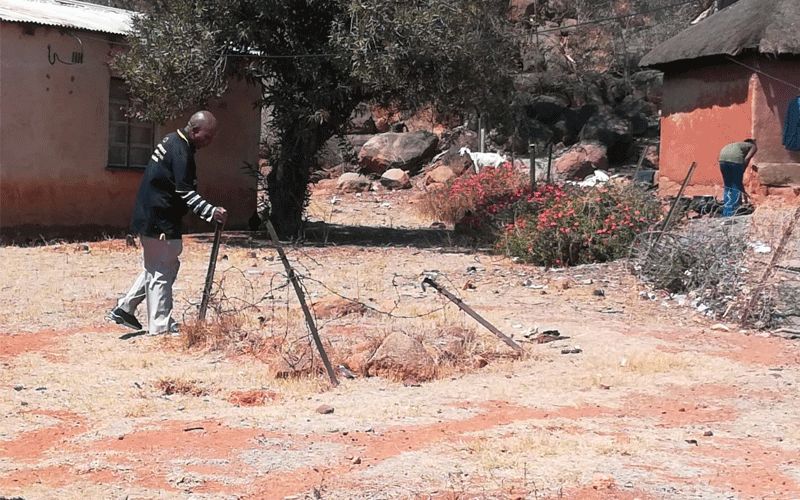The program started in 1995 and it was envisaged to be completed within five years.
In an interview with ACI Africa on Monday, September 14, the JPC Coordinator, Fr. Stan Muyebe said that there have been two rounds of land restitution claims and that there are huge backlogs in the settlement of the claims in the two rounds.
“There are more than 8,000 outstanding claims from the first round,” Fr. Stan said of the first restitution claim that ended in 1998, and added, “There are more than 160,000 outstanding claims from the second round.”

These, he said, are the claims that people lodged before the Constitutional Court suspended the processing of the claims from the second round.
(Story continues below)
“When the process of lodging and settling new claims in the second round is re-opened, it is estimated that a total of 397,000 new claims will be lodged,” Fr. Stan told ACI Africa.
The JPC official further said that the second round introduced by the South African government in 2014 was highly political and is largely serving the elite interests including those of traditional leaders and black entrepreneurs.
Some of these traditional leaders and black entrepreneurs, he said, have since lodged counter-claims to those claims submitted by the poor during the first round. This is the biggest challenge that Moses has to deal with.
“The reason that our claim has been delaying for years in court is that the Chief who sent us away from our land during apartheid has launched a counter-claim to ours saying that the land belongs to him. And the government seems to be in support of the chief yet the land belongs to us,” the 66-year old evictee says.

He adds, “It is taking too long and I am afraid that if I ever get justice, I will be too old to put up the initiation school.”
In 2015, South Africa’s Constitutional Court made an intervention to block the elite interests. It declared that the processing of claims in the second round should be suspended until such a time that those in the first round are settled.
Fr. Stan observed that there is a growing racial and political polarization around the issue of land in South Africa and noted that land justice is critical for the stability of democracy in the country.
“If the land issue is not handled properly, it may pose a greater threat to social, economic and political stability. The poor will be the ones adversely affected by such a development. That is why the Church is involved in the land issue,” he said.

The SACBC official told ACI Africa that some of the poor rural communities who had been adversely affected by the “deep mess” that surrounded the land restitution program had established social movements as a platform where they could jointly challenge the government for its failures on the land restitution program.
“The Justice and Peace Commission is working with some of the national social movements, especially The Landless People Movement, The Land Shield Movement and The Rural Peoples’ Movement,” he said.
He added that the main objective of SACBC’s JPC in accompanying the victims is to encourage them to embrace peace and not to resort to violence that may stem from over 20 years of delayed justice.
“(The victims) have now been waiting for more than 22 years for the government to process their land claim. There is a huge temptation, and at times political pressure, to undertake land occupation and violence as a way to get their land back,” the Cleric said.
“Justice and Peace Commission has been challenging the social movements to adopt a culture of non-violence, including a commitment to non-violent resistance to land injustice,” he said, adding that the justice and peace arm of the Church in South Africa has assisted the social movements to undertake non-violent protests and access legal representation in the land claims court.
“In some provinces, we facilitate dialogues between the victims of forced removal and the land commission so that the two parties develop a joint action plan necessary to clear the outstanding land claims in the province,” said Fr. Stan.
As a result of JPC’s pastoral and technical accompanying of these social movements, several social movements have been able to secure 920 settlement claims, the Priest said.
But obstacles such as sabotage by corrupt politicians and elite interests, huge backlogs, counter-claims as well as lack of government resources stand in the way of justice for the victims of forced removal as well as the JPC which is working with the victims.

On corruption, the Cleric highlighted cases of government officials who demand bribes, land claimants who lodge fraudulent claims, and the land owners who offer to sell the land at an inflated price.
“The fast tracking of land reform programs, including land restitution, will never succeed if issues of greed and corruption are not adequately addressed,” Fr. Stan said.
He noted that the South African government has already admitted that it does not have the capacity and budgetary resources sufficient enough to process all the claims.
“The modelling system by the Treasury has estimated that it will take more than 200 years to finalize the claims from the first round at a cost of R600 billion (US$37 billion),” he said, adding that when the lodging of claims is re-opened for the second round, it is estimated that a total of 397,000 claims will be lodged and it will take 709 years to finalize such claims.
The challenges, Fr. Stan said, have generated what he refers to as “a restitution crisis.”
“There are various platforms that are discussing possible solutions to the restitution crisis. The Justice and Peace Commission wants to make sure that the rural poor and their social movements are included in such policy dialogue,” he told ACI Africa September 14.
This story was first published by ACI Africa on 20 September 2020
Agnes Aineah is a Kenyan journalist with a background in digital and newspaper reporting. She holds a Master of Arts in Digital Journalism from the Aga Khan University, Graduate School of Media and Communications and a Bachelor's Degree in Linguistics, Media and Communications from Kenya's Moi University. Agnes currently serves as a journalist for ACI Africa.
